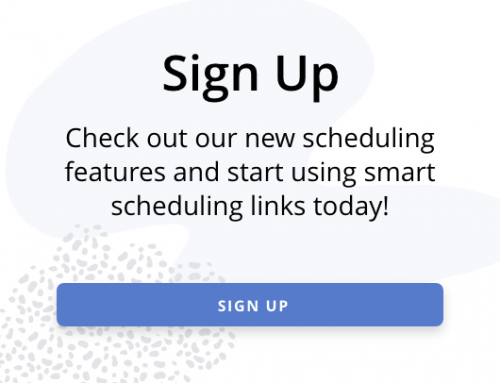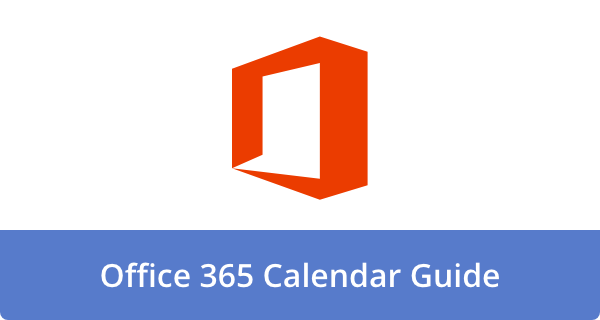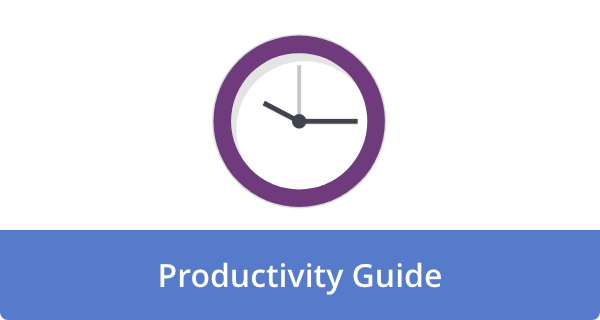

You know the feeling. The quarter is ending, the inbox is loud, and your team is sprinting while you try to reset targets, budgets, and cadences calmly. You want a clean slate without blowing a week in spreadsheets. This playbook solves that. Below are pragmatic templates that I have seen busy teams use to reboot every 90 days with less friction and more focus. You will leave with ready-to-run structures, clear inputs, and one small example for each so you can adapt them in an hour, not a weekend.
From leaders we trust, we’ve heard advice on how to make quarterly resets painless:
- Christina Wodtke, author and educator, says quarterly focus sticks when goals are simple, visible, and straightforward.
- Shreyas Doshi, product leader, pushes teams to separate commitments from aspirational bets so nothing essential slips.
- Camille Fournier, engineering exec, notes that resets work when calendars reflect the plan within 48 hours, not someday.
Shared takeaway: clarity beats ambition, and the only real tradeoff is saying no to good ideas that do not fit the quarter.
1) One-page OKR canvas
Use a single page with four boxes: Objective, 3 Key Results, Owners, and Weekly Check-ins. Keep KRs outcome-based, not activity-based. Example: “Reduce gross churn from 8.2% to 6.5% by June 30” beats “Launch 3 campaigns.” Why this works: a one-pager limits scope creep and makes prioritization defensible in cross-team meetings. If your org prefers KPIs to OKRs, swap in KPI targets and thresholds without changing the layout.
2) 90-day roadmap strip
Create a horizontal strip with 12 weekly tiles grouped into three phases: Ramp, Push, Land. In each tile, write the most critical deliverable. Example: Week 5 “billing retries v2 live to 25%.” Logic: everyone can scan a strip in 30 seconds, so it gets used. Decomposing into weeks exposes unworkable dependencies early, preventing the classic mid-quarter crunch.
3) Capacity vs priority grid
Plot initiatives on a 2×2: Business Priority on the Y axis, Team Capacity on the X axis. Fill in rough effort by person-weeks. If any quadrant holds more than 120% of available capacity, you cut or defer. Example: 8 person-weeks available, grid shows 11. Trim the lowest leverage item. This turns vague “we are overloaded” talk into a clear, defensible decision.
4) Budget checkpoint template
Use a three-row table: Spend to date, Forecast to EoQ, Variance. Add one short narrative line per cost center that explains cause and action. Example: “Infra +$14k due to traffic spike; commit reserved instances by May 10.” The value is causal clarity. You are not just reporting numbers. You are deciding what you will do next, and by when.
5) Weekly scorecard on one slide
List at most seven metrics tied directly to Key Results. Each gets a sparkline and a green or red dot. Example metrics: active users, activation rate, gross churn, NPS, tickets older than 48 hours, pipeline coverage, cash balance. Keep the legend stable throughout the quarter. Why this helps: stability fosters pattern recognition, enabling faster, better decisions.
6) Stakeholder update email
Use this 7-sentence scaffold on the first business day of each month: purpose, 2 headline wins, 1 honest miss, what’s next, where we need help, the metric table pasted as text, signoff with owners. Example: “We missed onboarding time by 2.3 days due to API limits. Fix ships Thursday.” The brevity builds trust and keeps your team out of bespoke slide purgatory. Alternatively, if your culture is slide-heavy: paste the same structure into a three-slide deck.
7) Sprint-level reset ritual
Book a 45-minute meeting in the first week of the quarter with exactly four prompts: What to stop, start, continue, and watch. Capture decisions live into your roadmap strip. If you run biweekly sprints, translate quarterly KRs into six sprint outcomes immediately. This prevents the slip where goals live in docs while the board keeps shipping unrelated work. Calendar it now so the plan hits time blocks within 48 hours.
8) Retrospective worksheet
Keep it to one page with four sections: Facts, Feelings, Findings, and Follow-ups. Facts are numbers and shipped work. Feelings are two words per person. Findings are patterns. Follow-ups are the only tasks you carry forward. Example finding: “Cross-team reviews that happen after work starts cause 2 to 3 week delays.” Reasoning: mixing data with emotion surfaces friction you otherwise ignore, and constraining follow-ups prevents the retro from becoming a wish list.
9) Risk pre-mortem canvas
Before you commit, ask, “It is September 30, and we missed. What happened?” Then fill three boxes: Risks, Early Signals, Mitigations. Add a simple trigger line per risk. Example: “Hiring slips 3 weeks. Early signal: recruiters have <4 qualified candidates by May 15. Mitigation: convert one contractor.” This flips fear into action and gives you dates to watch, so surprises are rarer and smaller.
10) Decision log
Create a running log with five columns: Date, Decision, Alternatives considered, Owner, Review date. Limit entries to one sentence each. Example: “Apr 10: Deprioritize mobile redesign to fund reliability. Alt: cut SEO. Owner: Priya. Review: Jun 1.” Why this matters: memory drifts over a quarter. A log shortens debates, helps new joiners catch up, and protects your team from re-litigating settled calls.
11) Personal quarterly reset sheet
Give each teammate a private, one-page template: Top 3 outcomes, Do more, Do less, Learning plan, Time boundaries. Ask them to book their boundaries in the calendar on day one. Example boundary: “No internal meetings Tue 9 to 11 for deep work.” The human layer matters. Burnout hides under pretty dashboards. A simple sheet plus visible time blocks is a low-cost guardrail.
12) Content and comms planner
If your quarter touches customers, create a grid with four columns: Audience, Message, Channel, Owner, and list the 6 to 8 moments you will communicate. Example: “Existing customers, price change rationale, email plus in-app, Sara.” Add a light content audit at mid-quarter to kill stale assets and refresh winners. Small marketing teams swear by this because it aligns execution with goals without a 20-page plan.
A worked example to copy
Imagine you lead a 12-person SaaS team with two goals: increase activation rate and lower churn. You set one Objective for each with three KRs. Your 90-day strip lists one activation experiment per week for six weeks, then a push to scale winners for four weeks, then two weeks to land and harden. The capacity grid shows you are 30% over, so you defer a nice-to-have SEO sprint. Weekly scorecards track activation, churn, and ticket age with targets in green. Your budget checkpoint shows support overtime +$10k in May, so you shift spend from paid ads and open one req. A pre-mortem flags risk in the API hardening, so you add the trigger “error rates >0.5% for 3 days” to trigger a rollback. Nothing fancy. Just a clear structure that respects your team’s time.
Adoption tips that cut friction
If your org is allergic to new templates, rename these to match what already exists. Keep the first pass intentionally rough so people contribute without fear of making it perfect. Timebox creation: 30 minutes for OKRs, 45 for the roadmap strip, 20 for the capacity grid, 15 for the scorecard. Then publish and move on. The most effective quarterly reset is the one you actually finish.
Why do these work together?
The pieces interlock. The OKR canvas sets direction. The roadmap strip converts direction into weeks. The capacity grid keeps you honest. The scorecard and stakeholder email build a predictable rhythm. The pre-mortem and decision log reduce chaos. The retro and personal reset sustain energy. You can run any one of them, but the compounding effect shows up when you run most of them, lightly, every quarter. The writing approach here favors short, structured artifacts that help you avoid fluff and keep audits simple.
Closing: Quarterly resets will never be effortless, but they can be painless. Start with the one-page OKR canvas and the 90-day strip, then add the capacity grid and scorecard. Schedule the sprint-level reset and publish your stakeholder template before the second week. You will feel momentum within 10 days, and your calendar will reflect the work that matters. Then do it again next quarter, a little faster and a little calmer.
Image Credit: Photo by Karola G; Pexels











Aaron Heienickle